Starzin
Brilliant_Rock
- Joined
- Sep 26, 2011
- Messages
- 1,850
I'm with you digdeep (and LD) - alex is green to purple, this is a CC chrysoberyl to me. Quite a pretty one I might add, three "clean as a whistle" citrus colours.digdeep|1412026075|3758805 said:WHOA........now I'm getting confused! So is a true lime to true lemon color (as in bright fluorescent colors) of Chryso still a chyrsoberyl? Or does that then become Alex because it shows two different colors in different light? No mud, just pure psychedelic Green and Yellow.............(I still think it's chryso)
ETA: I might add though that CC chrysoberyl is not something I've seen mentioned much here because, well, who knew they could be this attractive?
Niel where are you? We have a new obsession for you
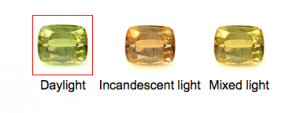

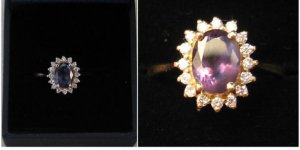
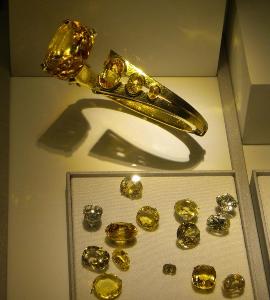
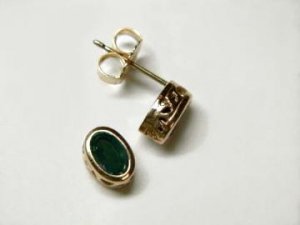
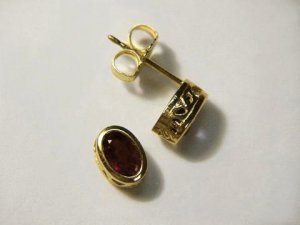


300x240.png)